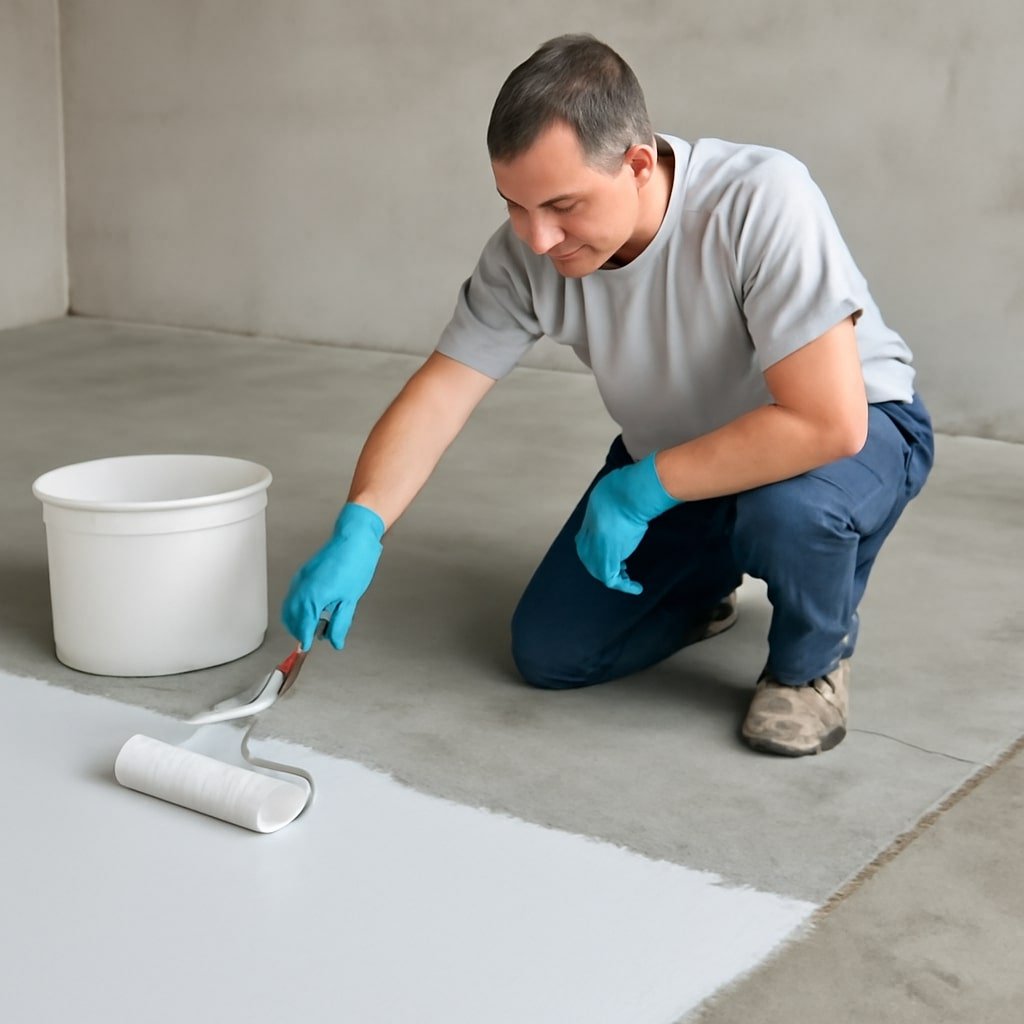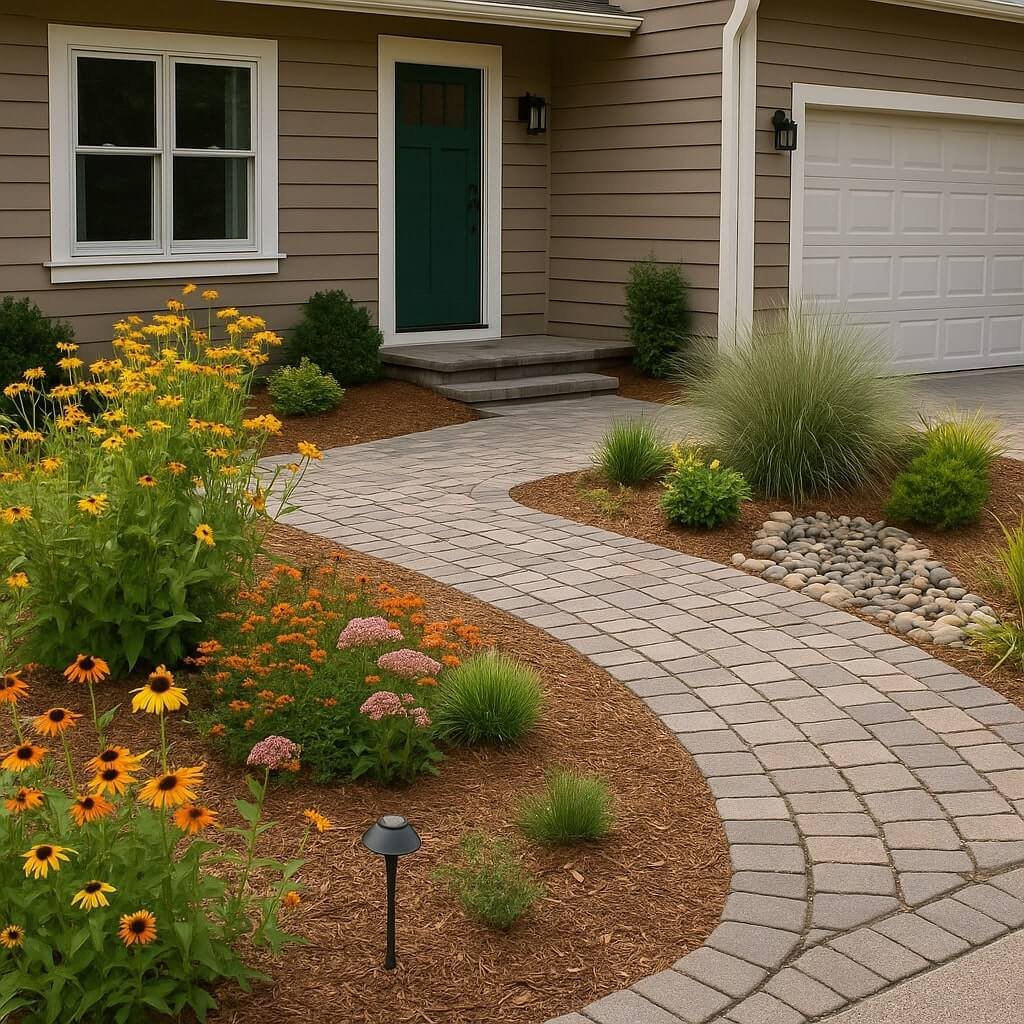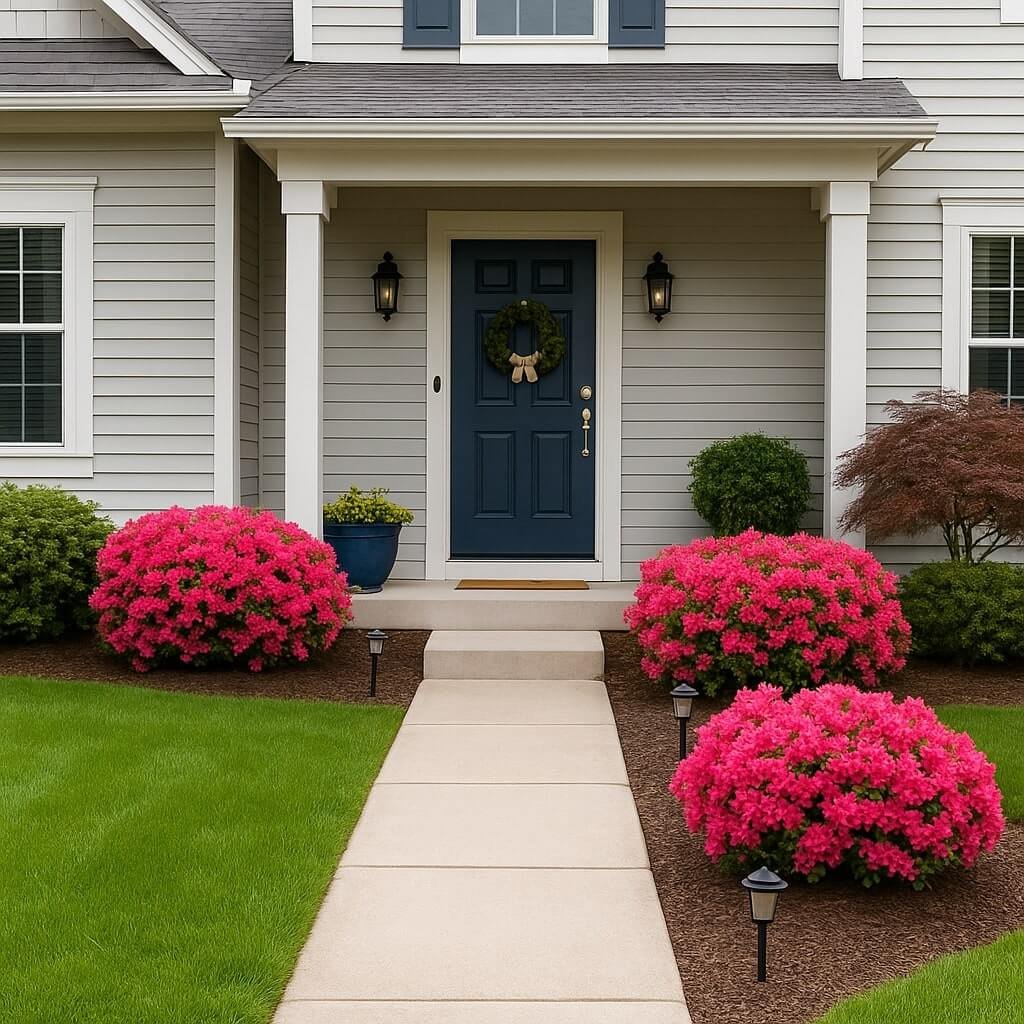Epoxy coating on concrete surfaces is one of the most effective ways to protect and enhance floors in garages, warehouses, and even home basements. Applying epoxy coating properly extends the life of concrete, provides an attractive finish, and improves durability. This comprehensive guide will walk you through each step to ensure a flawless epoxy application, packed with tips and professional advice.
Understanding the Basics of Concrete Surfaces
Before diving into epoxy application, it’s important to understand the type and condition of the concrete surface you’re working on. Different concrete mixes and finishes can affect how well epoxy bonds and performs. For instance, older concrete might have cracks or contaminants that need special attention. Recognizing these factors ensures the epoxy coating adheres properly and lasts long.
Essential Tools and Materials for Epoxy Application
Having the right tools makes all the difference. Essential items include:
- Concrete cleaner or degreaser
- Pressure washer or scrub brush
- Epoxy primer and epoxy coating kit
- Mixing buckets and a drill mixer
- Roller brushes and squeegees
- Protective gear (gloves, goggles, masks)
Gathering everything beforehand prevents interruptions and errors during the application.
Preparing the Concrete Surface
Cleaning Methods
Cleaning is crucial for epoxy adhesion. Use a pressure washer or scrub brush with a degreaser to remove oil, grease, dirt, and previous sealers. Neglecting this step can cause the epoxy to peel or bubble later.
Repairing Surface Defects
Inspect the surface for cracks, holes, or uneven areas. Use a concrete patch or filler to repair these defects. Smooth repairs help create an even epoxy coating and prevent weak spots.
Etching the Concrete
Etching roughens the smooth concrete surface, allowing the epoxy to grip better. Typically, a diluted muriatic acid solution is used. Safety is paramount here — wear protective gloves and goggles, and ensure proper ventilation. After etching, thoroughly rinse the surface and let it dry completely.
Mixing the Epoxy Coating Properly
Proper mixing ensures the epoxy cures correctly. Follow the manufacturer’s recommended ratio of resin to hardener precisely. Mix slowly to avoid air bubbles, and use a drill mixer for even blending. Avoid mixing more than you can apply within the working time.
Applying the Epoxy Primer
A primer enhances adhesion and seals the concrete pores. Apply it evenly with a roller or brush, working it into the surface. Allow the primer to dry as per instructions before proceeding.
Applying the First Coat of Epoxy
Pour the mixed epoxy onto the floor in manageable sections. Use a roller or squeegee to spread it evenly, aiming for consistent thickness. Avoid pooling and ensure full coverage. Work swiftly but carefully.
Applying Additional Coats
Most projects require two or more coats. Allow the first coat to dry completely, then sand lightly to create a key for the next layer. Clean dust before applying subsequent coats for a smooth finish.
Adding Non-Slip Additives (Optional)
For safety, especially in wet or oily environments, mix in non-slip additives like silica sand or polymer beads. This step improves traction and reduces slip hazards.
Curing and Drying Times
Epoxy curing depends on temperature and humidity. Typically, allow 24-72 hours for full curing. Avoid heavy traffic or moisture exposure during this time to prevent damage.
Common Mistakes to Avoid When Applying Epoxy Coating
- Skipping surface preparation
- Incorrect mixing ratios
- Applying epoxy on damp or dirty surfaces
- Ignoring the manufacturer’s drying times
- Over-applying coats leading to bubbling
Being mindful of these mistakes will save time and money.
Maintenance Tips for Epoxy-Coated Concrete Surfaces
Maintaining epoxy floors involves regular cleaning with mild detergents, avoiding harsh chemicals, and promptly repairing chips or cracks. Proper care extends the floor’s life and keeps it looking great.
Frequently Asked Questions (FAQs)
1. How long does epoxy coating last on concrete?
With proper application and maintenance, epoxy coatings can last 10-15 years or more.
2. Can I apply epoxy coating myself?
Yes, with the right tools, preparation, and patience, DIY epoxy coating is achievable.
3. What is the best time to apply epoxy?
Apply epoxy when temperatures are between 60°F and 80°F for optimal curing.
4. How thick should the epoxy coating be?
A typical thickness ranges from 2 to 4 millimeters, depending on the product.
5. Is epoxy coating resistant to chemicals?
Most epoxy coatings offer good resistance to oil, gasoline, and some chemicals.
6. Can epoxy be applied over existing paint or coatings?
It’s best to remove old coatings to ensure proper adhesion and longevity.
Conclusion: Final Thoughts on Epoxy Coating
Applying epoxy coating on concrete properly can transform dull, worn floors into durable, attractive surfaces. By following these detailed steps and tips, you’ll ensure a professional-quality finish that lasts for years.




